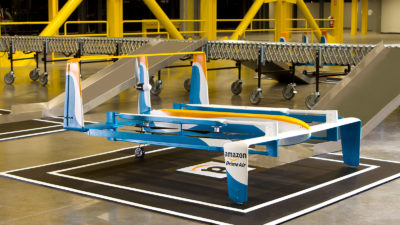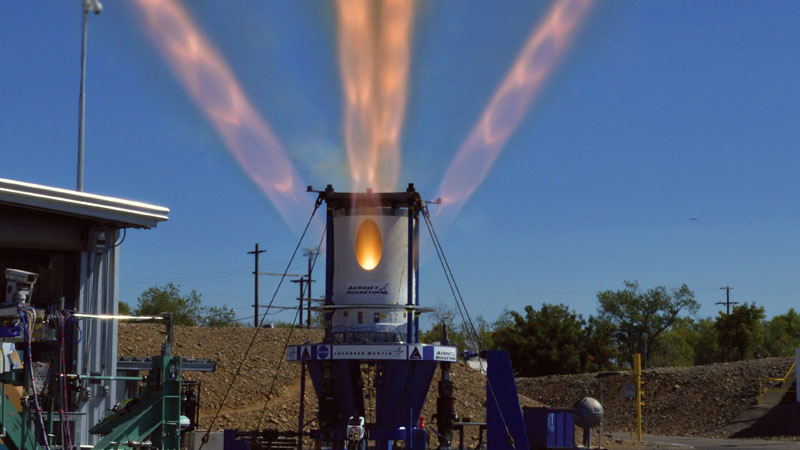Advancing a new generation of tiltrotors
By Cristina Riso and Rafael Palacios|December 2022
The Structural Dynamics Technical Committee focuses on the interactions among a host of forces on aircraft, rocket and spacecraft structures.
In April, NASA’s X-59 supersonic aircraft was brought back to Lockheed Martin’s Palmdale, California, facility after the completion of ground tests, including structural proof and calibration tests at Lockheed Martin’s Fort Worth, Texas, facility. NASA plans to fly this experimental aircraft over selected communities in the coming years at supersonic speeds to demonstrate how the sonic boom noise level could be reduced to a quieter and more acceptable thump. During the proof test, the aircraft underwent 25 proof (up to 125% design limit load) and calibration (up to 80% design limit load) load conditions to demonstrate structural integrity and airworthiness. Ground vibration and structural coupling tests are planned for late 2022 in preparation for first flight.
Also in April, Airbus completed the wind tunnel testing on the scaled model of its eXtra Performance Wing demonstrator in the low-speed wind tunnel in Filton, England. The flight version of the wing will be integrated on a Cessna Citation VII business jet and be flown in representative flight conditions, with a first flight targeted for early 2024. Some key technologies were introduced at a smaller scale through Airbus’ AlbatrossONE project, which in 2020 tested semi-aeroelastic hinged wings that unlock during flight when experiencing gusts or turbulence.
In June, the U.S. Army Research Laboratory and the Aviation and Missile Center — both part of DEVCOM, the Army Combat Capabilities Development Command — collaborated with NASA to complete initial wind tunnel testing of the TiltRotor Aeroelastic Stability Testbed, or TRAST. This 2.4-meter tiltrotor was developed to conduct fundamental research on whirl flutter and test new tiltrotor configurations, including interchangeable hubs, wing extensions and tips outboard of the pylon, interchangeable spars, springs and tuning masses. Future wind tunnel tests will explore the effect of changes in flap pitch coupling on tiltrotor stability.
Also in June, the European Commission-funded Advanced Testbed for Tiltrotor Aeroelastics project passed its critical design review. ATTILA is a collaboration between Politecnico di Milano in Italy and NLR in the Netherlands to design and manufacture an instrumented aeroelastically scaled cantilevered half-wing with a powered nacelle-proprotor system based on Leonardo’s next-generation civil tiltrotor design. The design results from two and a half years of effort trading off the desired flutter characteristics, proprotor stability and structural load limits. Tests at the German-Dutch Wind Tunnels are planned for 2023.
The University of Maryland conducted multiple whirl flutter tests of a 1.4-meter advanced swept-tip tiltrotor with interchangeable blades, hubs and wings, an electric drive and high-bandwidth electric actuation. In August, tests in the university’s Glenn L. Martin Wind Tunnel reached 200 knots, 1,400 revolutions per minute and 50 degree pitch angles, with parameter variations not achievable in flight: with and without wing airfoils, free and locked gimbal, powered and unpowered rotor, and straight and swept-tip blades. The data will help refine and validate rotorcraft comprehensive codes in government, industry and academia to design faster and lighter tiltrotors.



































